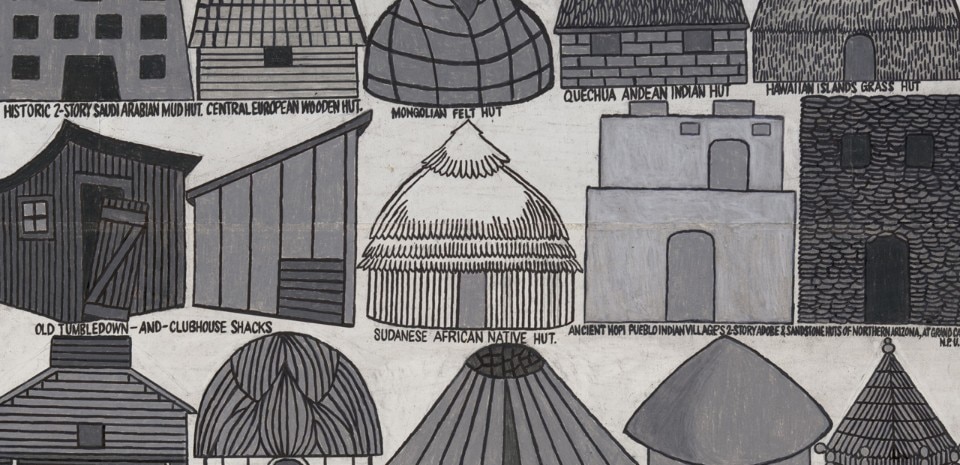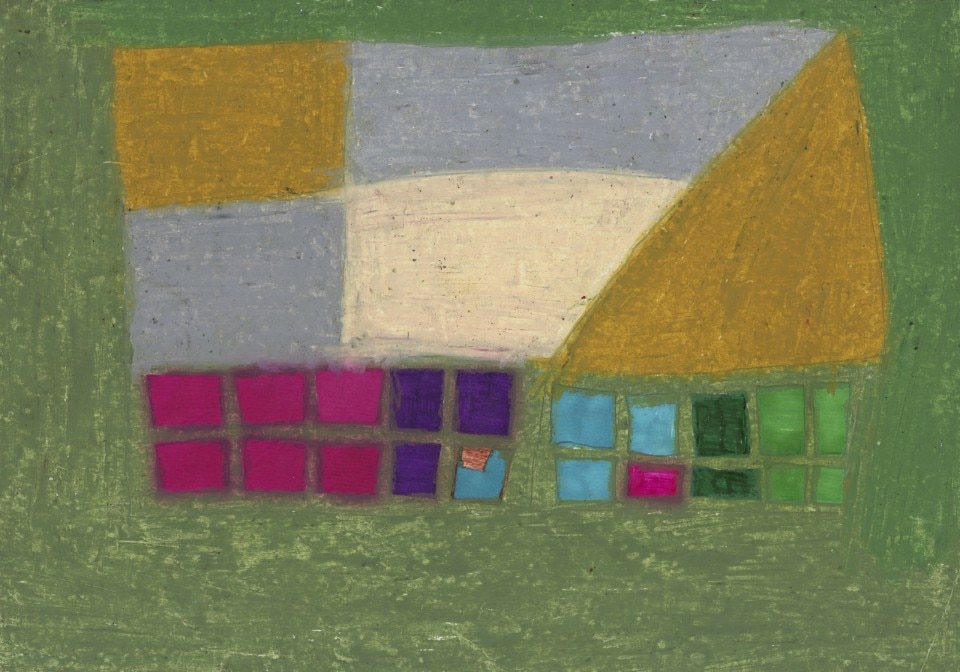
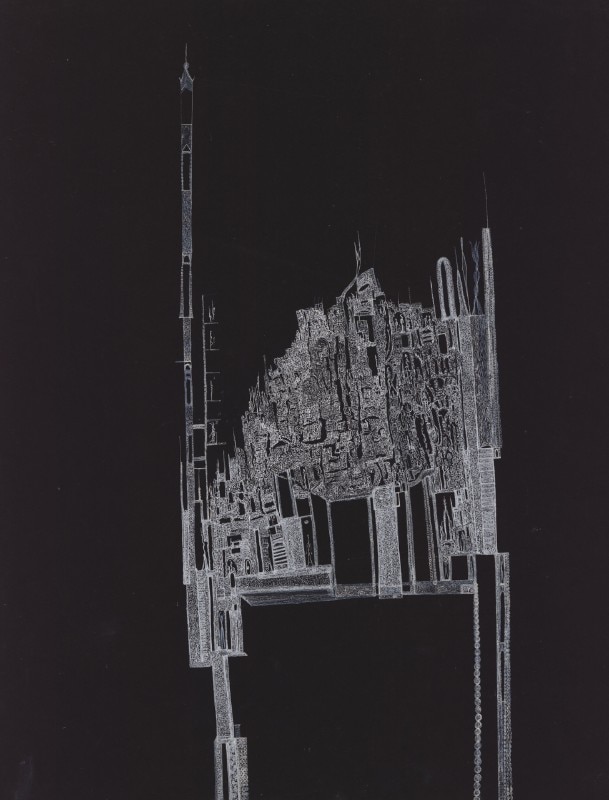
conceive and illustrate a fantasy world of their own. Each architectural contribution thus expresses either its author's version of reality or else his/her manner of representing a utopian world.
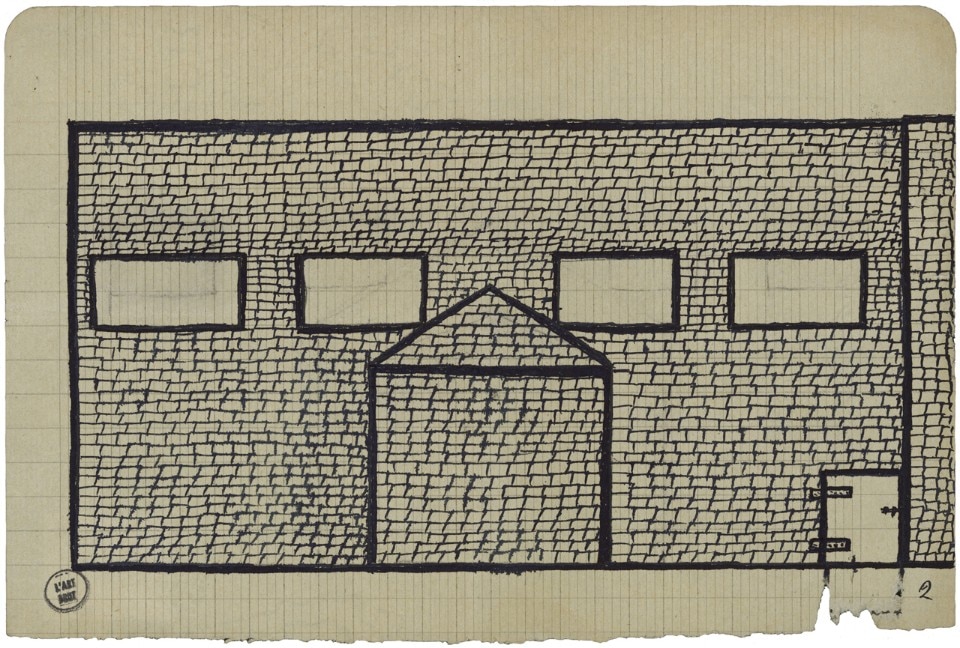
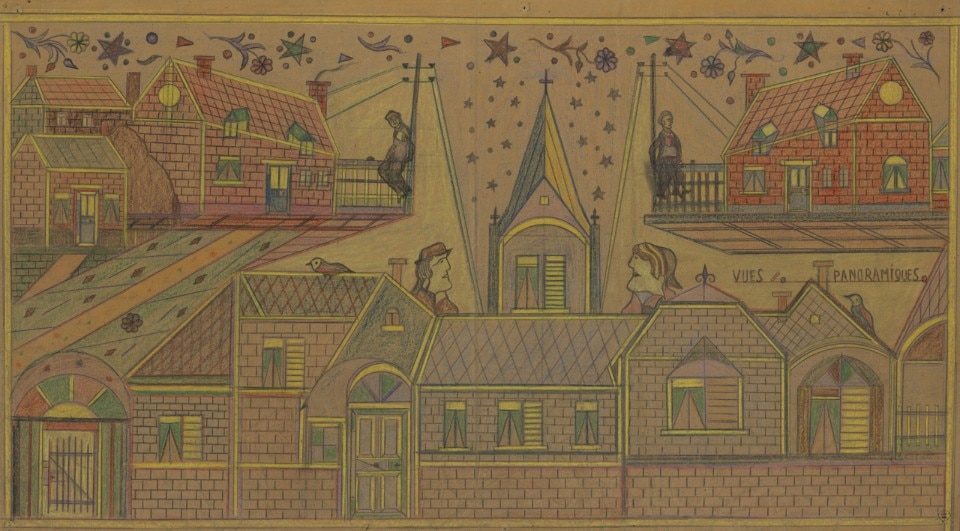
until 17 April 2016
Architectures
Collection de l’Art Brut
Avenue des Bergières 11, Lausanne


